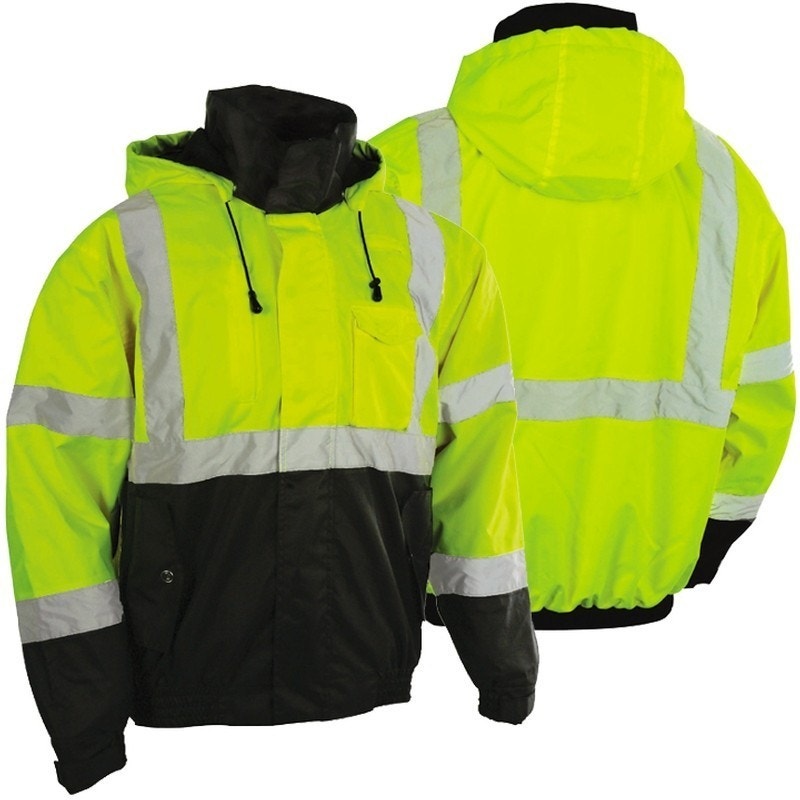A Work Zone Safety Video from VDOT
- Dec 18, 2012
We all know that workers in work zones have dangerous jobs. however, David Rush of VDOT says that 4 out of 5 fatalities in work zone related crashes are to drivers and passengers, not to workers.
In this video, Rush offers ways to navigate work zones safely:
Know the differences between the uses of police, flaggers and advanced warning signs:
Remember, fines are typically doubled if found speeding through these areas, and for speeds 20 mph over the limit, you may be cited for reckless driving and possible jailtime, and always be on the lookout for traffic workers wearing either the orange or yellow hi-visibility safety vests.
 ML Kishigo 9670/9671 Hi Vis Fleece Lined Bomber Jacket
ML Kishigo 9670/9671 Hi Vis Fleece Lined Bomber Jacket
The fleece lined bomber jacket features a durable, waterproof shell with a fleece liner and fleece lined hood. In addition to the high visibility color material, the jacket also utilizes black material in the areas which most commonly get dirty - helping the jacket maintain a bright and clean appearance. The fleece lined hood is both removable and can also be hidden. Other features of the jacket include: 2" wide 3M Scotchlite reflective material, right chest wallet pocket, left chest radio pocket, zipper slash side pockets and drawstring hood. Available in high visibility Lime and Orange; sizes M-5XL. ANSI/ISEA Class 3 compliant.
In this video, Rush offers ways to navigate work zones safely:
- Avoid distracted driving - using cell phones, eating and drinking, messing with the radio or the kids in the backseat.
- Be alert - pay attention to the cars and traffic around you, especially the car in front of you.
- Make sure you obey the posted speed limit and realize there will be stopped vehicles.
- Keep a safe distance between you and the vehicle in front of you.
Know the differences between the uses of police, flaggers and advanced warning signs:
- Flaggers are used when lanes are closed.
- Electronic arrows are used when lanes are closed on multi-lane roads.
- Law enforcement is generally present and used on high-speed roadways.
Remember, fines are typically doubled if found speeding through these areas, and for speeds 20 mph over the limit, you may be cited for reckless driving and possible jailtime, and always be on the lookout for traffic workers wearing either the orange or yellow hi-visibility safety vests.
 ML Kishigo 9670/9671 Hi Vis Fleece Lined Bomber Jacket
ML Kishigo 9670/9671 Hi Vis Fleece Lined Bomber JacketThe fleece lined bomber jacket features a durable, waterproof shell with a fleece liner and fleece lined hood. In addition to the high visibility color material, the jacket also utilizes black material in the areas which most commonly get dirty - helping the jacket maintain a bright and clean appearance. The fleece lined hood is both removable and can also be hidden. Other features of the jacket include: 2" wide 3M Scotchlite reflective material, right chest wallet pocket, left chest radio pocket, zipper slash side pockets and drawstring hood. Available in high visibility Lime and Orange; sizes M-5XL. ANSI/ISEA Class 3 compliant.




